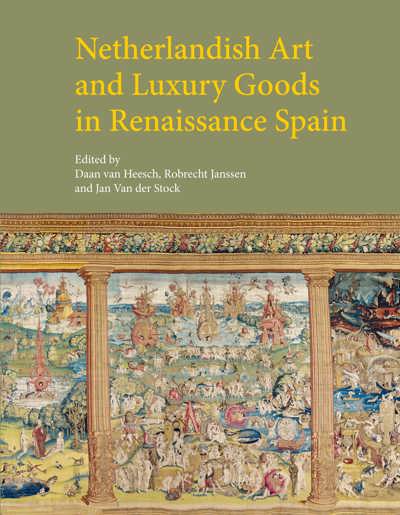
The History of Venetian Renaissance Sculpture (c. 1400-1530)
Anne Markham Schulz
- Pages:2 vols, 1292 p.
- Size:225 x 300 mm
- Illustrations:903 b/w
- Language(s):English, Latin, Italian
- Publication Year:2018
- € 275,00 EXCL. VAT RETAIL PRICE
- ISBN: 978-1-909400-73-3
- Hardback
- Available
Apollo BOOK OF THE YEAR 2018
"Markham Schulz takes us back to the roots of art history and the importance of looking. And she enables the reader to do the same. Through what must have been a Herculean task of persuasion and patience, she succeeded in having photographed a great deal of Venetian sculpture that is normally impossible to see – let alone at close quarters. The second volume of her publication is taken up with hundreds of newly commissioned black-and-white images of works on church rooftops, on facades or perched atop towering altars – all at an angle that enables readers to contemplate them properly." (Stuart Lochhead, in: Apollo Magazine, Book of the Year 2018)
"This enormous project provides a vast amount of new information that should spur more rigorous conservation practices and new art historical studies in Venice." (A.L. Palmer, in: Choice, December 2018, Vol. 56, No. 4) (Summing Up: Highly recommended. Upper-division undergraduates through faculty and professionals.)
“A short review cannot do justice to the depth and breadth of scholarship contained in this impressive work. Every page offers a wealth of visual and stylistic observations as well as scholarly historical detail.” (Deborah Howard, in Church Monuments 33, 2019, p. 136)
“With these two important volumes Anne Markham Schulz presents the fruit of her lifelong work and engagement with the Renaissance sculpture of Venice. Over more than forty years she has patiently collated countless archival documents, bibliographic sources and compiled an impressive photographic record, which makes her book a valuable compendium of two centuries of Venetian sculpture.” (Caterina Fioravanti, in The Burlington Magazine, 162, May 2020, p. 456-57)
“This compendium is highly recommended for research librairies and fr those researchers with interests in Venice, the Veneto, and Northern Italy. Anyone with an interest in Renaissance sculpture will find a rich and satisfying immersion in the multilayered and interconnected artistic personalities who shaped the visual expression of the plastic arts in Venice from 1410 to 1530.” (Jasmin Cyril, in The Sixteenth Century Journal, LII/2, 2022, p. 481)
Educated in the History of Art at Radcliffe College, Harvard University, and the Institute of Fine Arts, NYU, Anne Markham Schulz has taught at the University of Illinois at Chicago Circle, Brown University, and the Università Federico II at Naples. Her research on Italian Renaissance sculpture has resulted in dozens of articles published in America, England, France, Germany and Italy as well as eight books, including monographs on Bernardo Rossellino, Antonio Rizzo, Giambattista and Lorenzo Bregno, Nanni di Bartolo, and Giammaria Mosca. Her most recent book focuses on woodcarving in Venice from 1350 to 1550. She is currently a Visiting Scholar at Brown University in Providence, RI.
As the first comprehensive treatment of Venetian sculpture of the early Renaissance in nearly a century, this book examines the documents, literary sources, and oeuvre of all Venetian sculptors in stone, bronze, and wood between the decoration of the crowning of San Marco at the beginning of the fifteenth century and the artistic revolution wrought by Jacopo Sansovino from ca. 1530 on. Its text pays particular attention to the style of individual works, to their physical and artistic context, their sources and their influence, and synthesizes forty-five years of attentive looking, of research in archives and libraries of the Veneto, and hundreds of photographic campaigns throughout Italy and as far afield as Croatia and Poland – many from specially mounted scaffolds. The introduction treats general questions of material, purpose, patronage, the origin of sculptors, their workshop practices and the structure of guilds, while the conclusion considers ways in which Venetian sculpture was unique. There is no aspect of the subject to which the author has not contributed major discoveries and her book, with its 800 illustrations, should constitute a work of reference long into the future.





